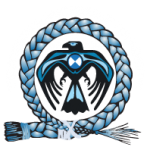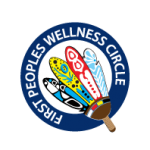This is a systematic review of the literature about youth suicide prevention looking at randomized controlled trials (RCT) and controlled cohort studies. It does not look specifically at Aboriginal populations. The authors reviewed school based and non-school based interventions for youth up to 24 years of age.
They did not find evidence that school-based interventions led to a reduction in deaths by suicide, but they may reduce suicide attempts or ideation. “The recent RCT reporting a trend for increased suicidal ideation among Aboriginal people who receive ASIST (Applied Suicide Intervention Skills) gatekeeper training (that is, the gatekeepers) illustrates the need to evaluate both the benefits and the harms of interventions before widespread use” (p. 255).
Overall the findings of this review suggest that not enough evidence exists to make informed choices about youth suicide prevention interventions. More Indigenous research in particular is needed. The authors state “Currently, we suggest that First Nations, Inuit, and Métis colleagues, non-Indigenous clinical and research collaborators, and community-based service providers
review our [Expedited Knowledge Synthesis] general findings, and then consider their own unique cultural and contextual factors when formulating conclusions regarding relevance to the needs of the youth in their communities. We also acknowledge and support the need for community led and -based suicide prevention initiatives, including evaluation resources, such that unique contextual and cultural needs of Aboriginal communities are respected and incorporated into shorter- and longer-term planning” (p. 254).

